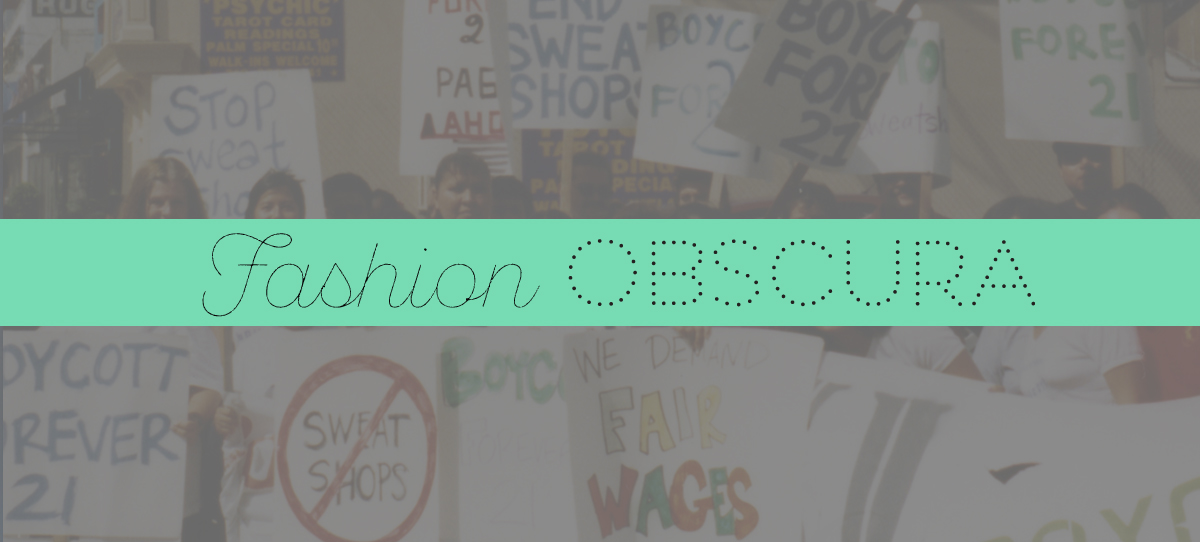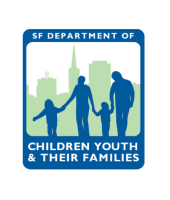Though I am someone who loves fashion and enjoys learning about garment backstories, the origin of the majority of my clothes has always been elusive to me. As a fairly educated teenager living in today’s society, I knew that most of my clothes were not necessarily being handmade by a well-paid family in a faraway country, but I also was unsure of how to address the reality of the situation and was curious to learn more. To answer my questions, I did a fair amount of research and was both fascinated and troubled by what I found.
One of the first things I realized was that my suspicions were often correct. Most of our clothes – the ones we buy on a regular basis from Forever 21, H&M, etc. – are probably not being made with ethics at the forefront. This post could go on for hours about the atrocities occurring daily in factories across the globe, but know that workers are likely underpaid, underage, or working in the most unhygienic environments possible. If you are interested in learning more, there are so many great resources out there. Here are two of my recommendations:
- The True Cost is a full-length documentary that does an excellent job of detailing what goes on in many of these factories. Just as a fair warning, it is definitely a graphic film (available on Netflix).
- John Oliver’s segment on fashion will probably make you feel more than a little guilty about your shopping habits, but it is extremely informative and, as always, very funny.
Once I had more information, I realized that walking the talk was much harder than it looked. Like most consumers, price is one of my main priorities when I shop, and eco-friendly clothing is generally not the cheapest. Though I may save up and splurge on a few items, I think carefully about what I can afford to buy and how to get the most for my money. For example, I am far more likely to spend $80 on four shirts from a store like Forever 21 than one shirt from a local store. I am fortunate in that I am only providing for myself, but many people need to supply themselves, as well as their children, with a wardrobe. Additionally, there is another, smaller factor: buying handmade eco-friendly clothes is far less convenient and far more time-consuming than shopping for fast fashion at your local mall.
Besides changing my shopping habits, this issue also begged the question of taking greater action to change the fundamental process by which our clothes are made. One of the best articles I have found that explains this topic is from The Huffington Post. It is a very long article, but worth a read. Essentially, the author suggests that one of best ways to oversee factories is through governmental regulation, which can be influenced through lobbying. Unfortunately, taking any major steps to improve factory conditions is a very long and drawn-out process, but just some food for thought.
Though the above paragraphs may portray the situation as hopeless, I guarantee that it is not. As I have discussed, it’s idealistic to say that we can spend all of our money on clothing sourced from small businesses and avoid large corporate chains altogether. However, I do know that we shoppers have the amazing ability of purchasing power, and there are definitely steps you can take to become a more conscious shopper, because every little bit counts. Next week, read part two to discover what you can do.





